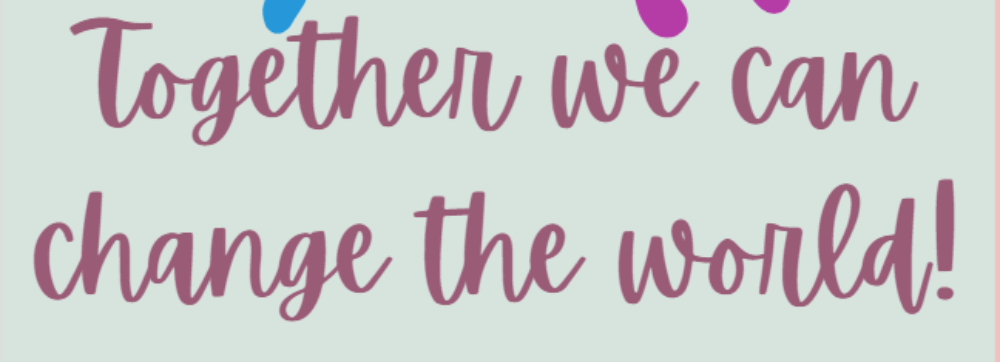Who’s in my pocket?
When I arrived at the grade ⅔ classroom, I met a young student in the class who just come to Canada last year. This student was considered in the eyes of many as developing behind the average student. This student was extremely hard to communicate with as I tried helping him with a word but was unable to figure out what he was saying. Initially, I thought to myself how can I support a student who I can’t understand? Then I thought about him and how difficult this student’s learning would be. As I looked through the workbook he had, I noticed that he was very behind on the work in almost every subject they were working on. Right away I thought of what his life could be outside of school, and questions arose about what his life at home could be. Is he getting the proper resources and support from his parents or guardian? I tried to work one-on-one with the student on some work, he struggled through the work and often looked at me to support him. The next time I saw him, he wanted to read a book together. The student surprised me with his passion for the characters in the book. I could see in his face his excitement to share with me. I began to notice that this student wasn’t as far off as I thought. We then moved on to math that was done on an iPad, I couldn’t believe how well he did using this game app for math. I saw him utilize many different skills that helped him. Although I think a key part was he enjoyed doing math on the Ipad.
Differentiation Learning: Adaptive Learning
What I ended up understanding is that this student just needed different resources for his learning. I began to think of the other students in the class and how they all have different and unique learning styles. I learned that some are hands-on, visual, and auditory learners. It is our job as future educators to build a relationship where we understand what works best for the students as it differs for all.
